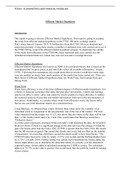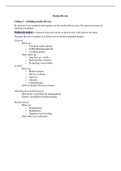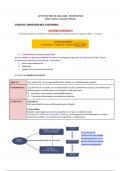Notas de lectura
BSC 2010c Chapter 5 Lecture Notes
- Grado
- BSC 2010C
- Institución
- Seminole State College
This is a comprehensive and detailed note on Chapter 5;the structure and function of large biological molecules for BSC 2010c. An Essential Study Resource just for YOU!!
[Mostrar más]








